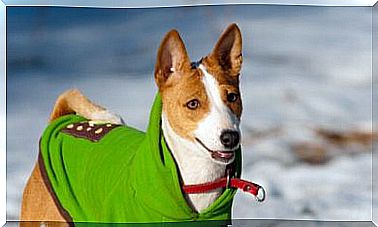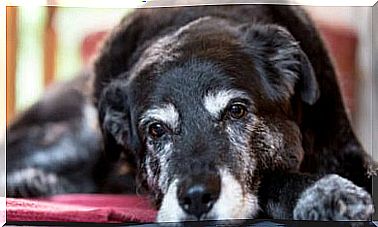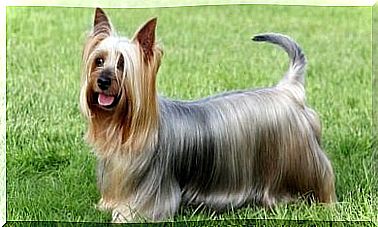What Is The Nictitating Membrane In Dogs?
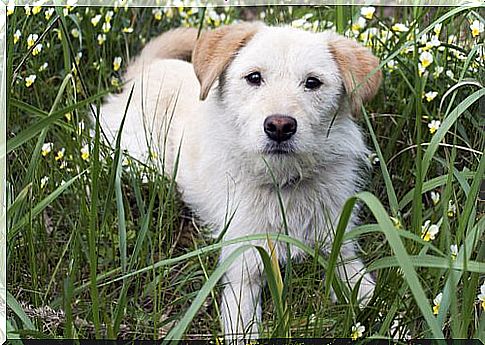
Dogs have a third eyelid, also known as the nictitating skin . It is an additional fold of the conjunctiva that can be seen in the inner corner of the eye. Learn more about the functions of the third eyelid in dogs today.
What is the nictitating membrane?
These are membranes in both eyes of the dog, the mucous membranes of which contain lymph follicles. The third eyelid has no muscles of its own, but comes into action when danger threatens. It is a type of windshield wiper that can be used to remove foreign objects. This mechanism is stimulated by an automatic reflex.
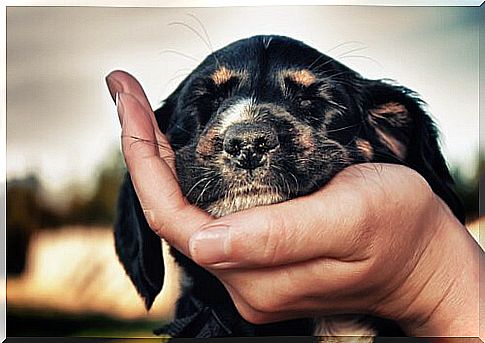
If there is an injury or if a foreign body enters , the nictitating membrane moves while the eyeball retracts slightly. At that moment the third eyelid activates in a flash to repel the danger. Then it goes back to its original position.
So this is usually nothing to worry about as it is a protective mechanism. However, it could also lead to a health problem. If so, you will need to take your dog to the vet so they can examine their eyes.
Benefits of the nictitating membrane
Most important is the protective function of the third eyelid. This can also prevent ulcers or infections, because the antibodies can react more quickly to pathogens.
In addition, the nictitating membrane supports the constant moistening of the visual organ. 40% of the tear fluid is produced by the nictitating glands.
Nictitating gland prolapse
In domestic dogs in particular, the nictitating gland prolapse can occur, which is also known as “cherry eye”. This creates a spherical protrusion that is reminiscent of a cherry. Genetic factors can lead to this, but it can also simply be weakness or dryness of the tissue.
It is one of the most common causes of a visit to the veterinary ophthalmologist in dogs. Some breeds are more likely to suffer from it, such as the English bulldog, boxer, Pekingese, Chihuahua, and Neapolitan mastiff.
In these breeds, the third eyelid is in constant use, but in principle any dog, regardless of age or breed, can suffer from a nictitating gland prolapse. In this case, take your animal to the vet!
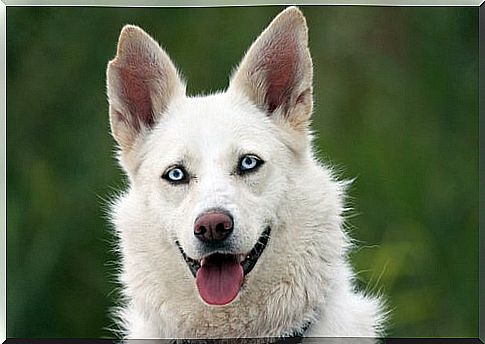
What can you do if you have a nictitating gland prolapse?
There is no medicine for this ailment. The only procedure is surgical removal of the prolapsed gland. However, this is usually not recommended because it will make the animal’s eyes very dry afterwards, as it can no longer produce as much tear fluid. In addition, the protective mechanism is then missing.
For this reason, Moore’s shirring technique is usually used, in which two small incisions are made below or above the nictitating gland, which are then sewn together. This brings the nictitating gland back into its normal position.
See your veterinarian for advice.
A cherry eye does not cause pain or worse damage to the dog’s eye. The symptoms are almost invisible, but early treatment is still important to prevent diseases such as conjunctivitis or dry eyes.
In a nutshell: The third eyelid is quite normal in dogs, it has a protective function that is very important. There is no need to panic immediately if the nictitating membrane is visible, but one should have the animal examined by a veterinarian immediately if the nictitating membrane does not recede or if other abnormalities are observed.


